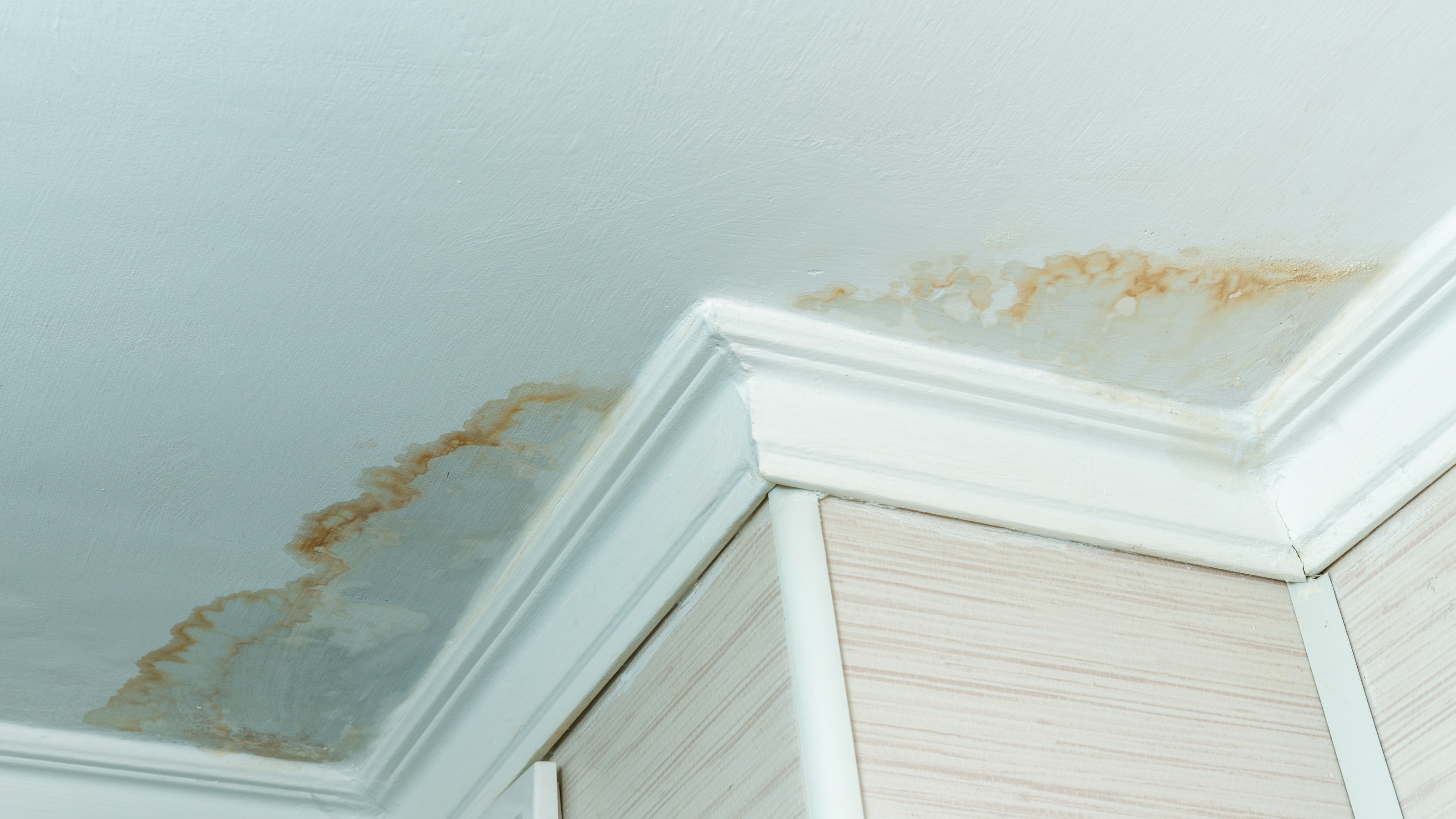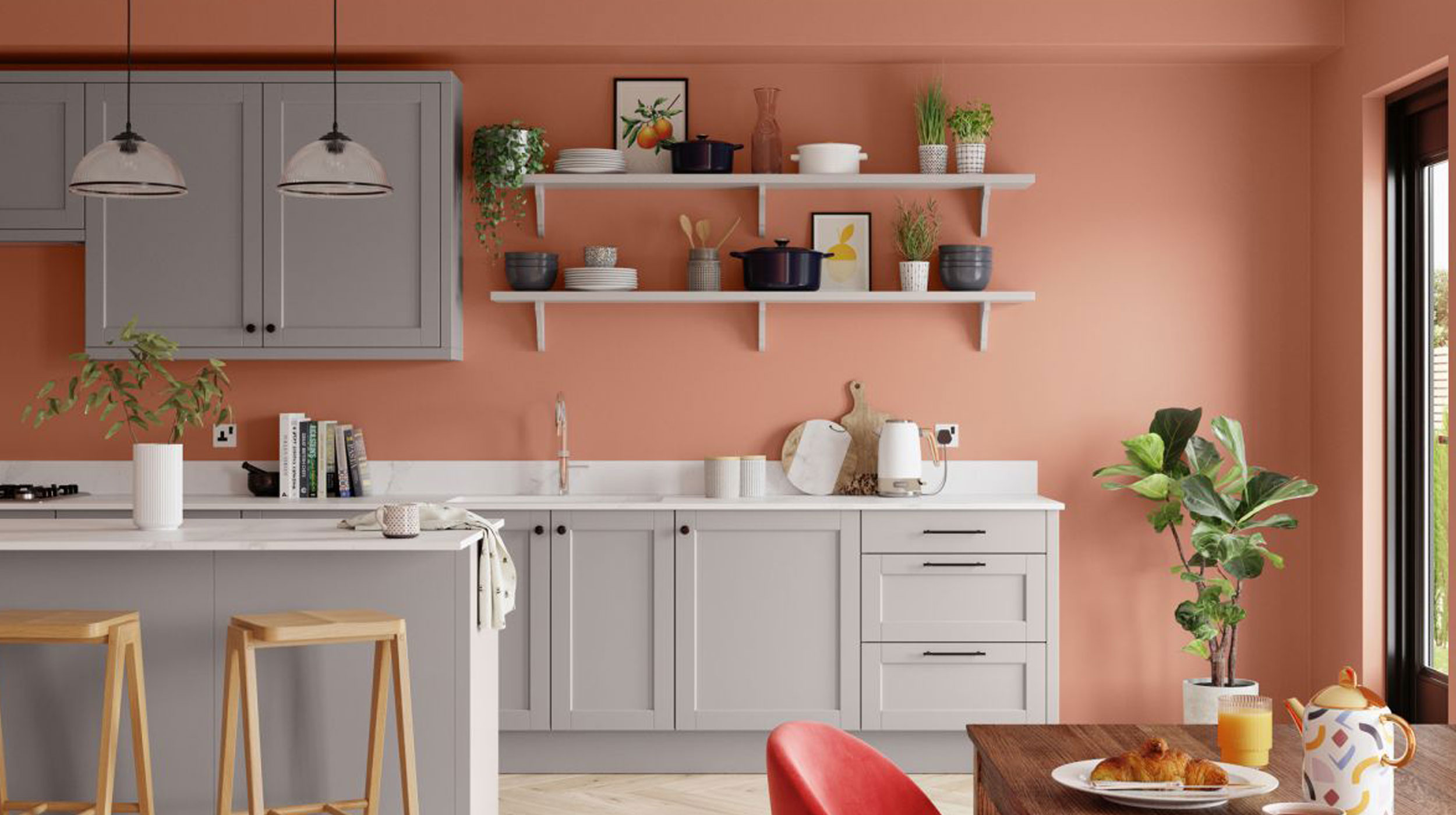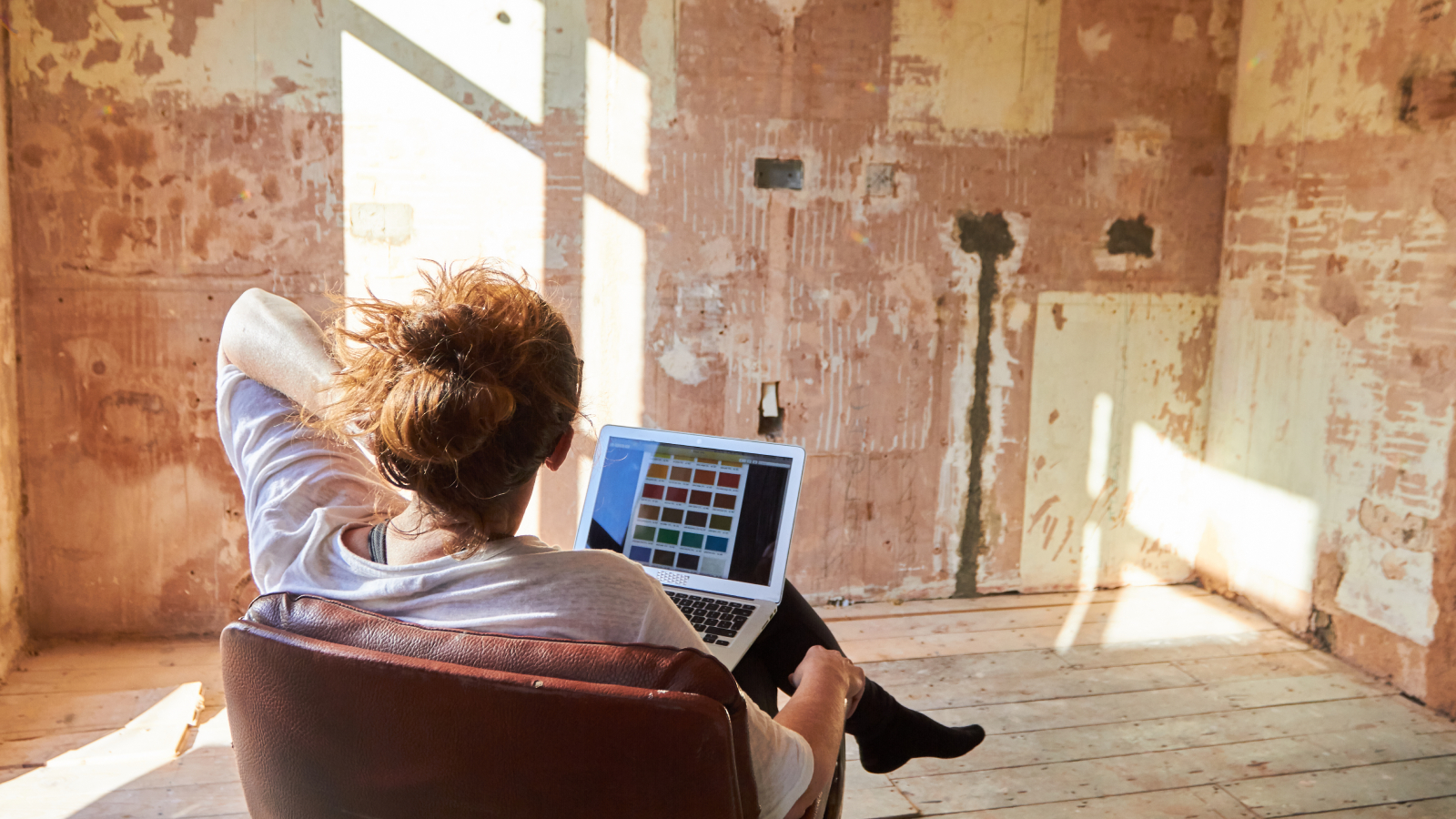How to clean painted walls: say goodbye to dirt and grease with these must-know techniques
Need to know how to clean painted walls in your home? We reveal a selection of the best techniques that will restore your walls back to their former glory

If you don't want to repaint yet, then learning how to clean painted walls is a great option to make sure that they stay crisp and clean. Over time scuff marks, dirty hands and general wear and tear will dull the finish and change the colour, especially if you have white walls in high traffic areas.
You can consider painting a wall, but it's always a good idea to clean them to see how good they look after a quick wash. If they look the part then you have saved yourself a whole load of cash and time. If you don’t like the state of the walls after a clean they are ready for a fresh coat of paint.
Here we tell you how to get your painted walls clean and grime free.
How to clean painted walls: top techniques
Painted walls aren’t all the same, when it comes to finishes its usually matt vs satin vs gloss. Here we give some simple and smart tips and techniques for all types of painted walls.
Brush and dust walls
Before you start cleaning the wall you need to get rid of as much dirt, debris and cobwebs as possible. If you don’t then you will simply be spreading the dirt and dust making the cleaning job even more difficult.
Get a soft long handled brush and brush down the walls. Make sure the brush is clean. Alternatively, place a soft cloth over the bristles and brush.
Wash painted walls with warm soapy water
The next step is to wash the walls with warm water with a mild detergent added to it. Washing up liquid is a good choice. Get a soft sponge — a car wash sponge is a good choice. It’s large, soft and retains water, meaning that you can get the job finished quicker.
Dip the sponge in the warm water and squeeze out and wipe over the walls. Start in a top corner and work down from left to right. Now leave for five minutes and use clean water to go over the same area and leave to dry.
Alternatively use a soft sponge mop, as this makes it easier to get to hard to reach areas. Make sure to wring out the sponge so it damp and wont leave any water running down the walls.
This method will work in most areas, but in places like a bathroom where moisture is rife you may be left with unwanted water stains. You can try a stronger detergent which will often work, but if not you are better off painting over water stains to get a clean, stain-free finish.

Wash down with sugar soap
You may have heard the name but at the same time be asking yourself what is sugar soap? It is a mild degreaser that is typically used by painters and decorators and does a great job of preparing walls for painting. But it is also a good choice for cleaning walls. You can dilute to your liking to remove light grease coatings or add a little more for heavy-duty greases and stains.
Mix up a solution of sugar soap as recommended by the manufacturer. Typically 50ml for 4 litres of water for general cleaning and double this for more stubborn areas. Use a soft sponge in the same way as you would for warm soapy water and clean off with clean, warm water.
Bring your dream home to life with expert advice, how to guides and design inspiration. Sign up for our newsletter and get two free tickets to a Homebuilding & Renovating Show near you.
Spot clean with baking soda
If you are still left with a few marks on a wall you can try spot cleaning with a baking soda mix. Make up a paste using three parts baking or bicarbonate of soda and one part water. Then get a soft damp sponge, apply the paste and gently rub the area. Wipe clean with a clean cloth.
The abrasive nature of baking soda helps remove stubborn marks and stains. However, it might remove paint leaving a dull or shiny patch depending on paint. Test in an out of the way area if unsure.
Cleaning your painted walls not worked, it’s time to repaint
While you should clean your painted wall first before considering painting, the process might not always work. You gave your walls a good clean, but still can't get rid of all stains and marks and you have a few spots that have polished up after cleaning.
If this is the case it is time to repaint to get the finish that you were hoping to get before you started cleaning. For high traffic areas you want to consider a washable paint as this will retain its finish for longer.
If you are painting your kitchen then you should consider something more specialist. The best kitchen paints are durable and good at keeping their colour and finish.

Steve Jenkins is a freelance content creator with over two decades of experience working in digital and print and was previously the DIY content editor for Homebuilding & Renovating.
He is a keen DIYer with over 20 years of experience in transforming and renovating the many homes he has lived in. He specialises in painting and decorating, but has a wide range of skills gleaned from working in the building trade for around 10 years and spending time at night school learning how to plaster and plumb.
He has fitted kitchens, tiled bathrooms and kitchens, laid many floors, built partition walls, plastered walls, plumbed in bathrooms, worked on loft conversions and much more. And when he's not sure how to tackle a DIY project he has a wide network of friends – including plumbers, gas engineers, tilers, carpenters, painters and decorators, electricians and builders – in the trade to call upon.

